10 Art Therapy Exercises for Trauma Recovery
Best Art Therapy Exercises For Trauma Recovery
Trauma is a deeply distressing experience that can leave lasting emotional scars. It can be caused by a wide range of events, from natural disasters and accidents to abuse and violence. Recovering from trauma can be a long and difficult process, but art therapy has proven to be an effective tool in helping individuals heal and move forward.
Art therapy is a form of psychotherapy that uses creative expression to promote emotional well-being and mental health. It allows individuals to express their thoughts and feelings in a safe, non-verbal way, which can be particularly helpful for those who have experienced trauma and may struggle to put their experiences into words.
1. Safe Place Drawing
This exercise involves creating a drawing of a place where you feel safe, calm, and at peace. It can be a real place or an imaginary one. Focus on the details that make this place special to you, such as the colors, textures, and objects present. This exercise can help you visualize a safe space to retreat to when feeling overwhelmed or triggered by traumatic memories.
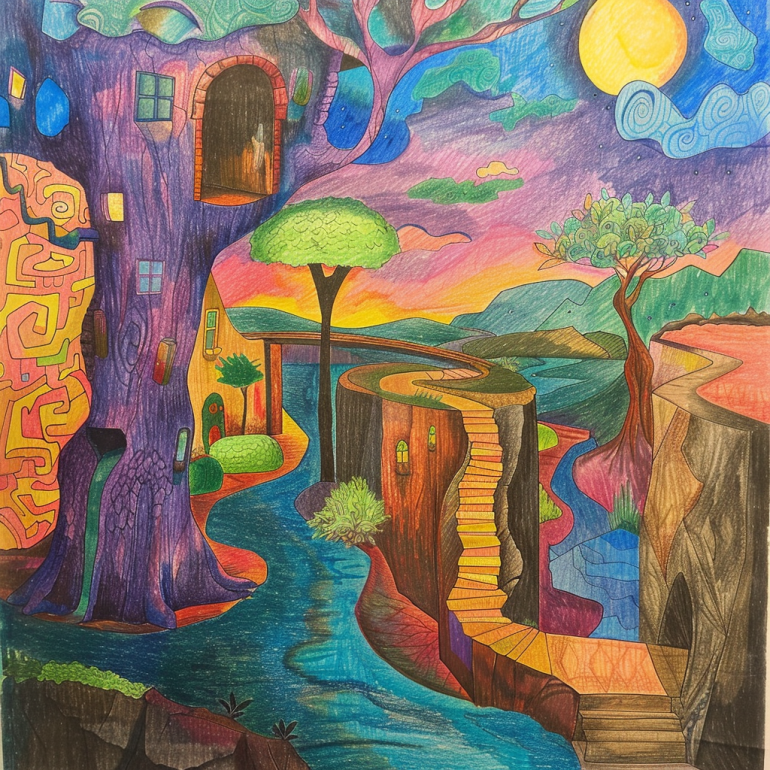
2. Feelings Collage
Create a collage that represents your current emotions or the emotions you experienced during a traumatic event. Cut out images, words, and phrases from magazines and newspapers that resonate with you and arrange them on a piece of paper. This exercise can help you identify and express your feelings in a tangible way.
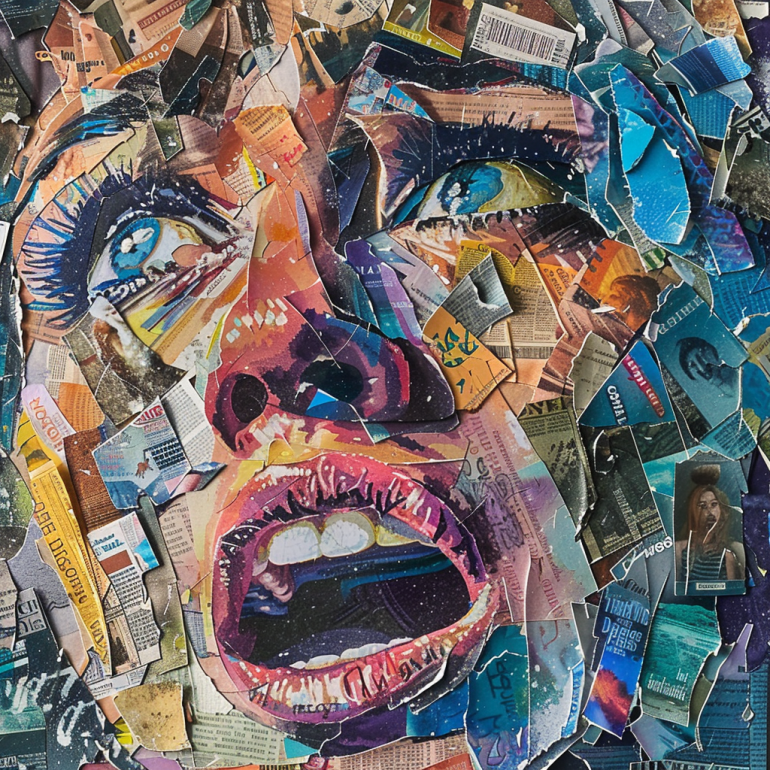
3. Body Outline
Trace an outline of your body on a large piece of paper. Inside the outline, draw or write about the physical sensations and emotions you experience in different parts of your body when thinking about the traumatic event. This exercise can help you connect your physical experiences with your emotional ones and promote self-awareness.
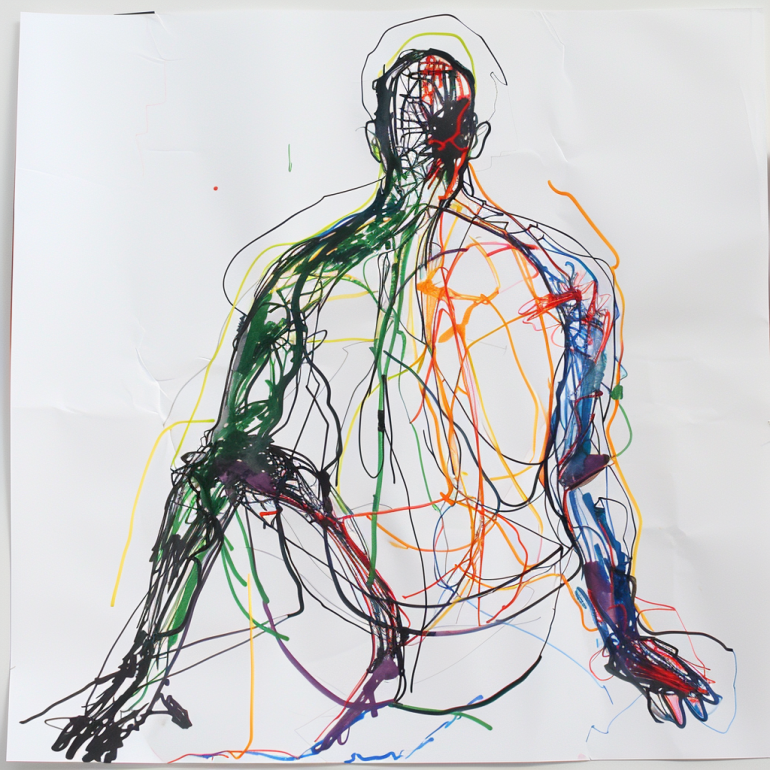
4. Mandala Drawing
Mandalas are circular designs that can be found in various cultures and have been used for centuries as a tool for meditation and self-expression. Create your own mandala by starting with a simple circle and adding patterns, shapes, and colors that feel meaningful to you. This exercise can be calming and help you focus on the present moment.
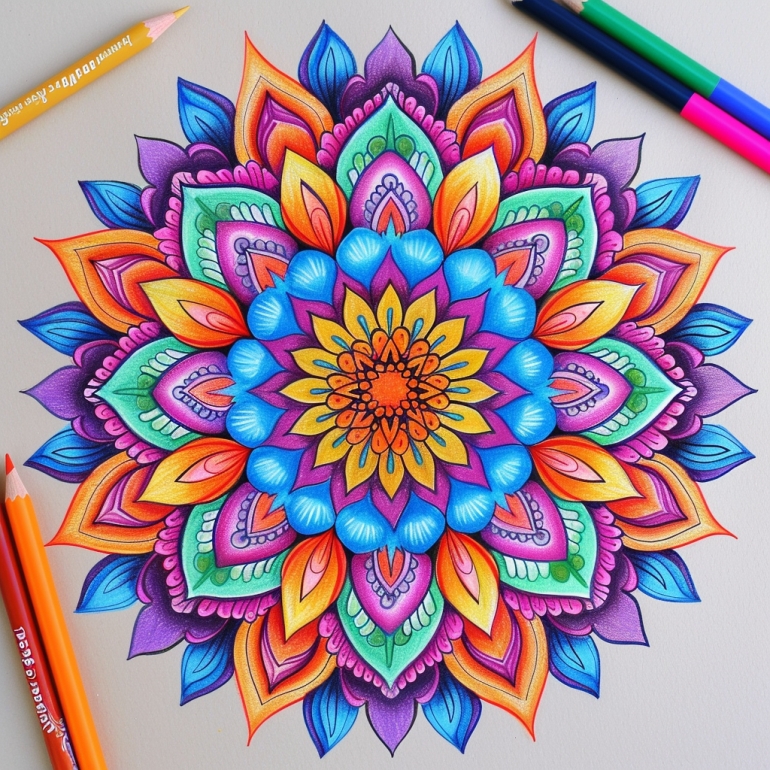
5. Trauma Timeline
Create a timeline of your life, marking significant events, both positive and negative. Use different colors or symbols to represent different types of events, such as traumatic experiences, happy memories, and turning points. This exercise can help you gain perspective on your experiences and recognize patterns or themes in your life story.
6. Self-Portrait
Draw a self-portrait that represents how you see yourself, both physically and emotionally. You can use colors, symbols, or words to express different aspects of your identity. This exercise can help you explore your sense of self and promote self-acceptance.
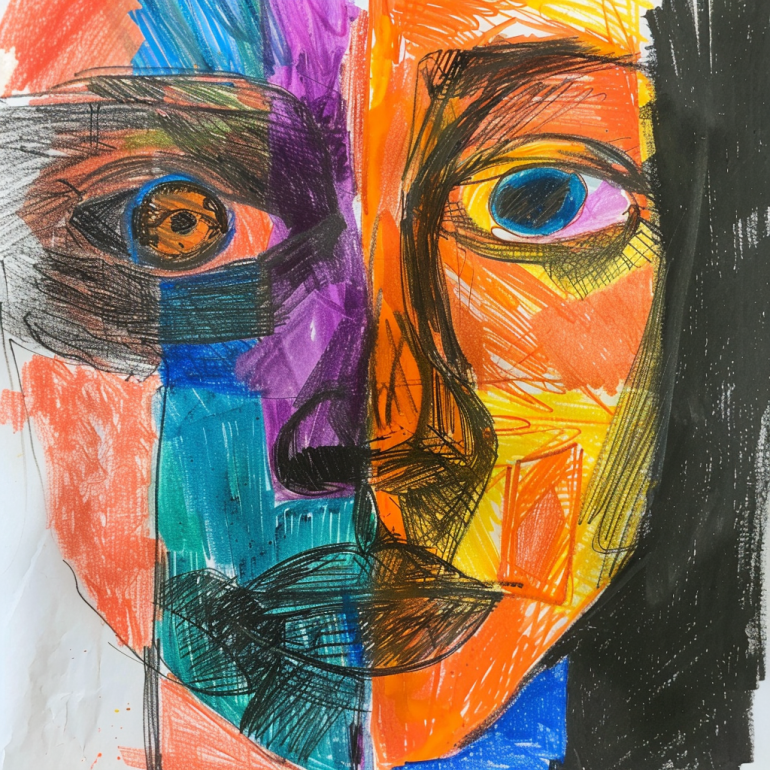
7. Gratitude Painting
Create a painting that represents the things you are grateful for in your life. This can include people, places, experiences, or personal strengths. Focusing on gratitude can help shift your perspective and promote positive emotions, which can be helpful in the healing process.
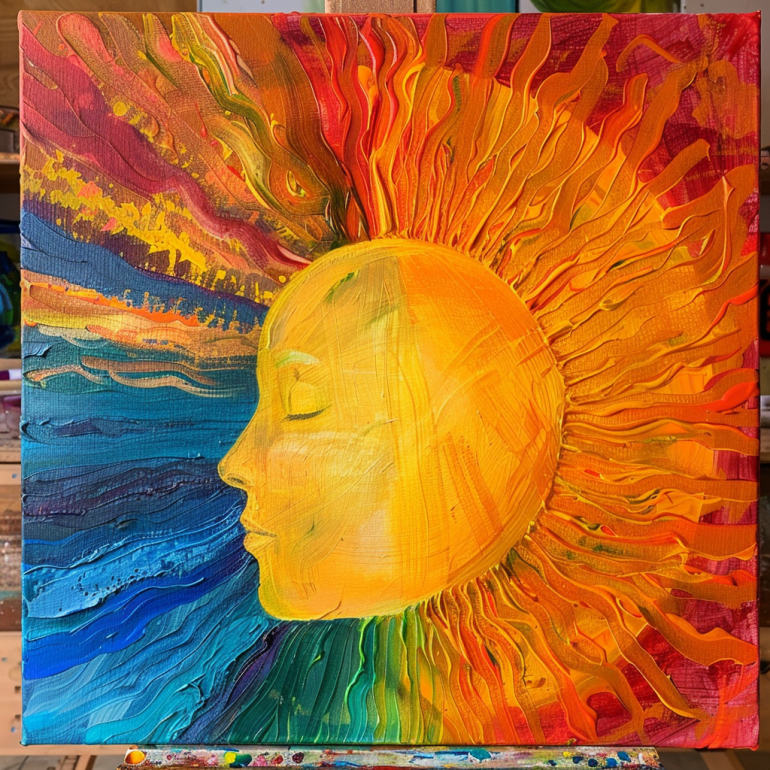
8. Clay Sculpture
Use clay or play dough to create a sculpture that represents your journey of healing and growth. This can be an abstract or figurative piece. Working with clay can be a tactile and grounding experience, which can be helpful when dealing with traumatic memories.
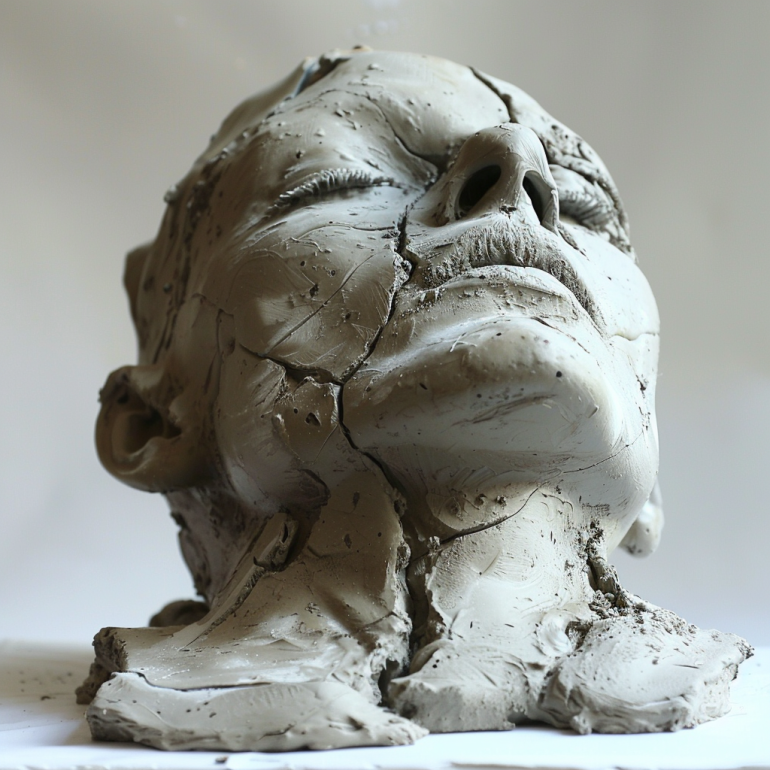
9. Positive Affirmation Cards
Create a set of cards with positive affirmations or encouraging messages for yourself. Decorate each card with colors, patterns, or images that resonate with the message. Keep these cards in a visible place or carry them with you as a reminder of your strength and resilience.
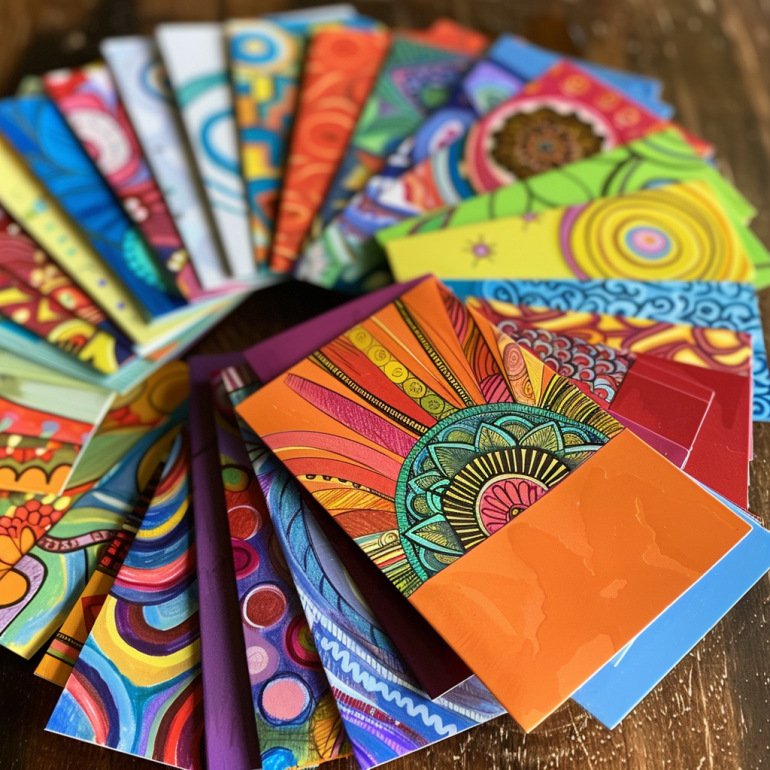
10. Group Mural
If you are working with a group of individuals who have experienced trauma, create a collaborative mural that represents your shared experiences and hopes for healing. Each person can contribute to the mural in their own way, using colors, images, and symbols that are meaningful to them. This exercise can foster a sense of connection and support among group members.
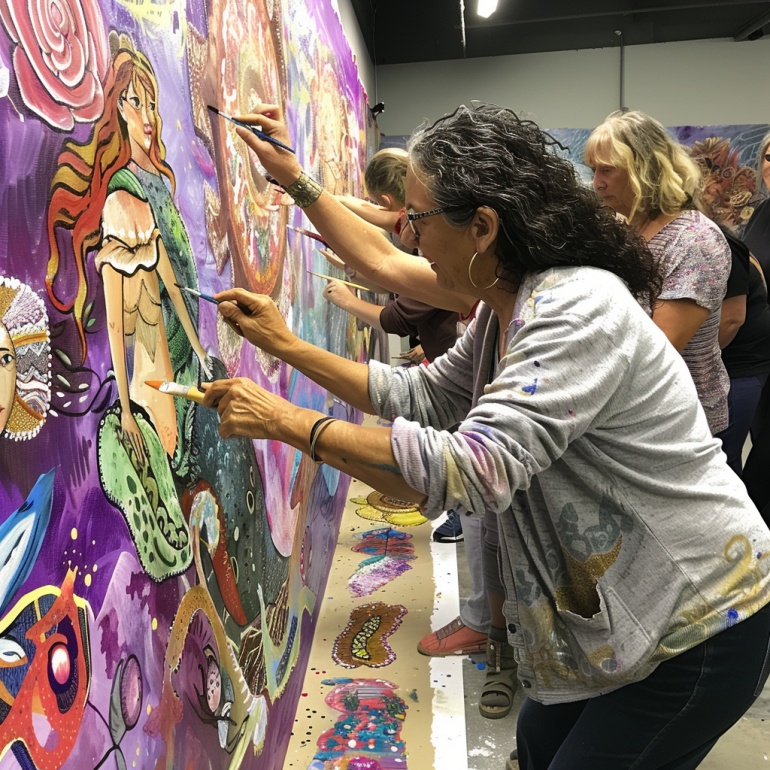

Art Therapy Practitioner Certification Course
$545 $145
Enhance Your Career and Personal Well-being by Learning Art Therapy to Empower Others’ Self-Expression.
Three powerful certification courses give you everything you need to master natural health, naturopathy, and holistic nutrition. Learn to care for yourself, your family, and your clients with confidence—no prior experience required.
- Self-paced & 100% online: Learn when it fits your schedule.
- Made for all backgrounds: No degrees or experience needed—just curiosity.
- Science-backed & practical: Topics like holistic health, nutrition, art therapy, sound therapy, and more.
- Supportive community: Engage with peers, share insights, and celebrate your growth.
- Digital certificate upon completion: A real sense of achievement.
- Risk-free: 100% money-back guarantee if it’s not a fit.
- Internationally accredited & CEU eligible

- 100% No-Risk 30-Days Money Back Guarantee
At Scholistico, we know that lasting health is built on simple, sustainable habits—not endless routines or complicated programs. Our mission is to make holistic wellness accessible, empowering, and enjoyable for everyone.
That’s why our Natural Health Bundle brings together comprehensive certifications in naturopathy holistic nutrition, and health. Learn at your own pace, apply real skills to your life, and build the foundation for vibrant well-being—no matter where you are on your journey.
Naturopathy

Master the art of natural healing through time-tested therapeutic approaches.
You’ll learn to address common health concerns using nature’s pharmacy, understanding how to support the body’s innate healing abilities through natural remedies, botanical medicine, lifestyle practices, and traditional wisdom from around the world.
- Naturopathy Practitioner Certificate
- 15+ Training Modules and Exercises
- Exclusive Access to Groups & Forums
- 44+ Hours On-Demand Video & Audio Lessons
- Obtain 40 CE hours with NCCAP Pre-Approval Number NCCAP5030012-24NT
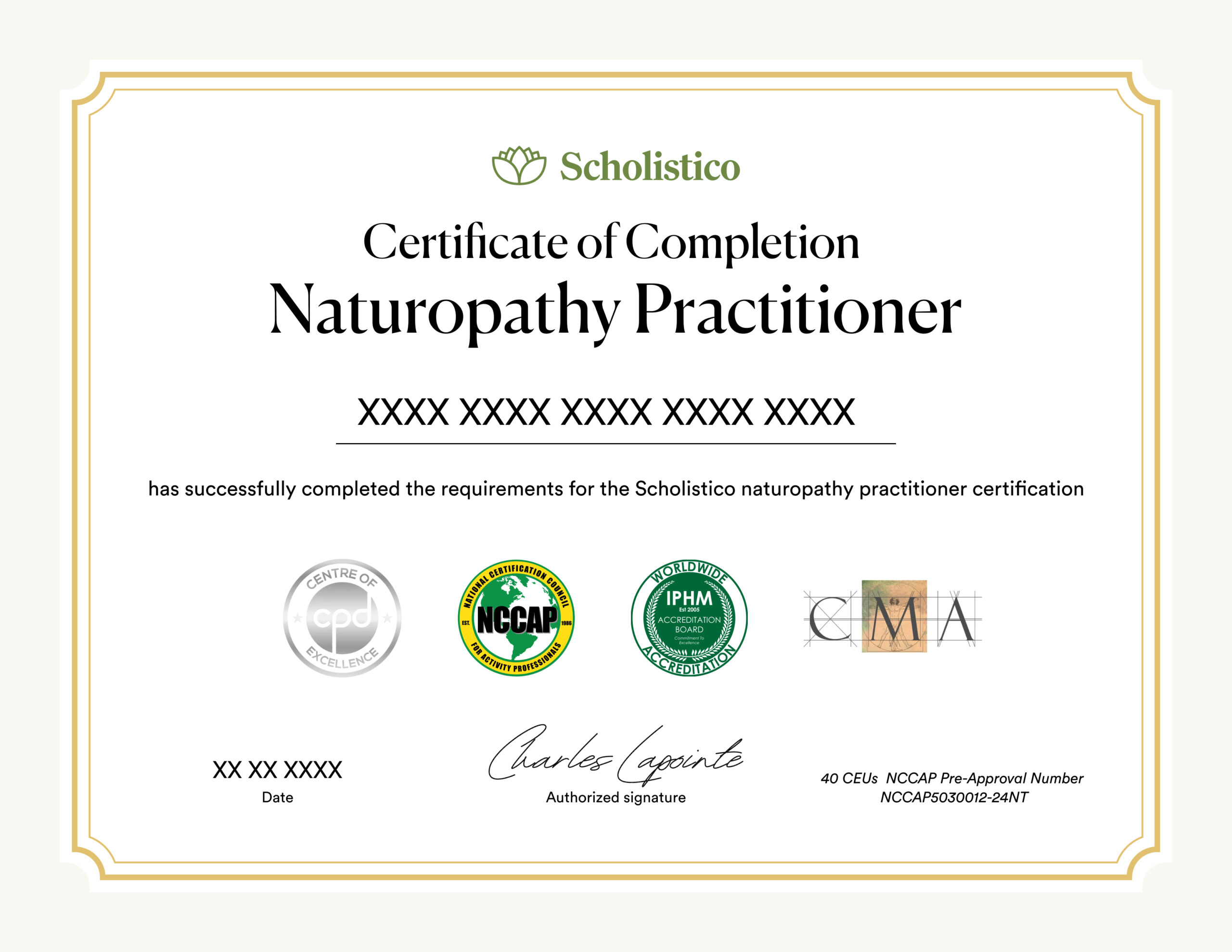
- 100% No-Risk 30-Days Money Back Guarantee
Holistic Nutrition

Deepen your impact by mastering the fundamental role of nutrition in health and healing.
Learn how food choices influence every aspect of wellbeing, from cellular health to emotional balance. This knowledge allows you to create powerful, personalized nutrition protocols that complement your naturopathic approaches.
- Holistic Nutrition Consultant Certificate
- 12+ Training Modules and Exercises
- Exclusive Access to Group & Forum
- 50+ hours of on-demand audio and video lessons
- Obtain 60 CE hours with NCCAP Pre-Approval Number NCCAP5030069-25NT

- 100% No-Risk 30-Days Money Back Guarantee
Holistic Health

This certification provides the comprehensive framework needed to integrate natural healing modalities effectively.
Understanding the interconnectedness of all aspects of health allows you to create complete wellness protocols that address the whole person – body, mind, and spirit.
- Holistic Health Practitioner Certificate
- 11+ Training Modules and Exercises
- Exclusive Access to Group & Forum
- 35+ hours of on-demand audio and video lessons
- Obtain 60 CE hours with NCCAP Pre-Approval Number NCCAP500520-
25NT
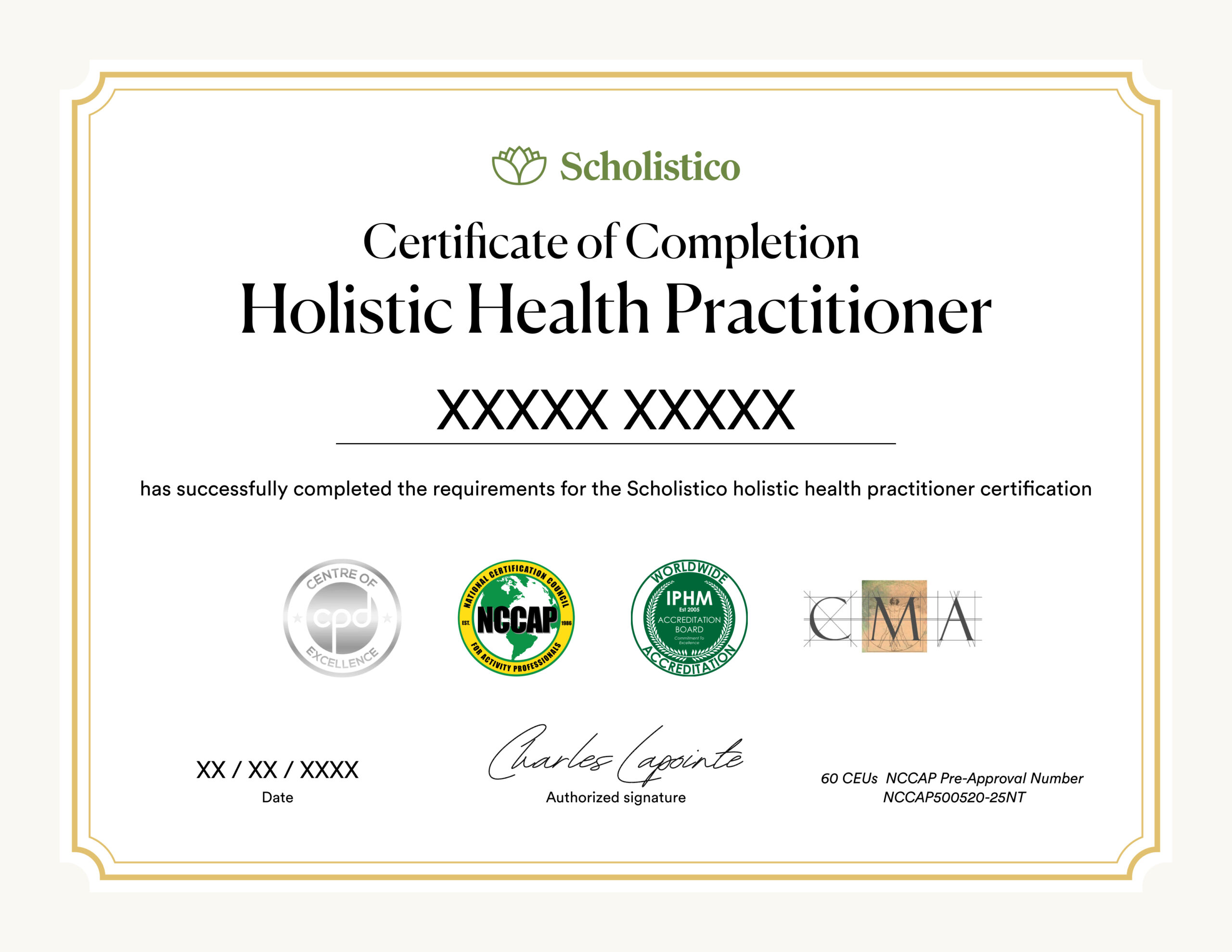
- 100% No-Risk 30-Days Money Back Guarantee
All 3 Certifications Are Included in Our Flagship Bundle Offer:

The Complete Natural Health Certification Bundle

- Self-paced & 100% online: Learn when it fits your schedule.
- Made for all backgrounds: No degrees or experience needed—just curiosity.
- Science-backed & practical: Topics like holistic health, nutrition, art therapy, sound therapy, and more.
- Supportive community: Engage with peers, share insights, and celebrate your growth.
- Digital certificate upon completion: A real sense of achievement.
- Risk-free: 100% money-back guarantee if it’s not a fit.
- Internationally accredited & CEU eligible
Your entire holistic wellness journey—in one simple bundle.
Three powerful certification courses give you everything you need to master natural health, naturopathy, and holistic nutrition. Learn to care for yourself, your family, and your clients with confidence—no prior experience required.
- 100% No-Risk 30-Days Money Back Guarantee
Your Complete Natural Health Certification Journey Starts Here
Earn three prestigious certifications: Naturopathy, Holistic Nutrition, and Holistic Health Practitioner
- 100% No-Risk 30-Days Money Back Guarantee
What Our Students Are Saying about Us..
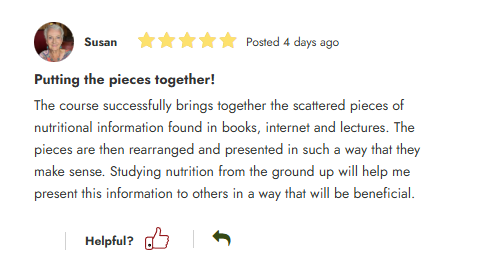


All 3 Certifications Are Included in Our Flagship Bundle Offer:

The Complete Natural Health Certification Bundle

- Self-paced & 100% online: Learn when it fits your schedule.
- Made for all backgrounds: No degrees or experience needed—just curiosity.
- Science-backed & practical: Topics like holistic health, nutrition, art therapy, sound therapy, and more.
- Supportive community: Engage with peers, share insights, and celebrate your growth.
- Digital certificate upon completion: A real sense of achievement.
- Risk-free: 100% money-back guarantee if it’s not a fit.
- Internationally accredited & CEU eligible
Your entire holistic wellness journey—in one simple bundle.
Three powerful certification courses give you everything you need to master natural health, naturopathy, and holistic nutrition. Learn to care for yourself, your family, and your clients with confidence—no prior experience required.
- 100% No-Risk 30-Days Money Back Guarantee
All Scholistico Courses Are Designed With Your Growth, Confidence, And Well-Being In Mind
Explore Our Holistic Health Certification Courses Today
We’re committed to making high-quality, internationally accredited education accessible to everyone—without barriers, busywork, or hidden costs. Our programs are rigorously reviewed and updated, so you can trust that what you learn is practical, science-backed, and relevant for real life.
Your learning journey is always in your hands—self-paced, flexible, and supported by a caring community of peers and instructors.
Ready to experience the difference?

Scholistico offers internationally accredited online courses in holistic health & wellness.
Phone
+1 (870) 455-8490
Monday through Friday
9 a.m. - 5 p.m.
Follow us
Sign up & Save
Receive exclusive offers, a 10% discount code & more by signing up for our promotional emails.




